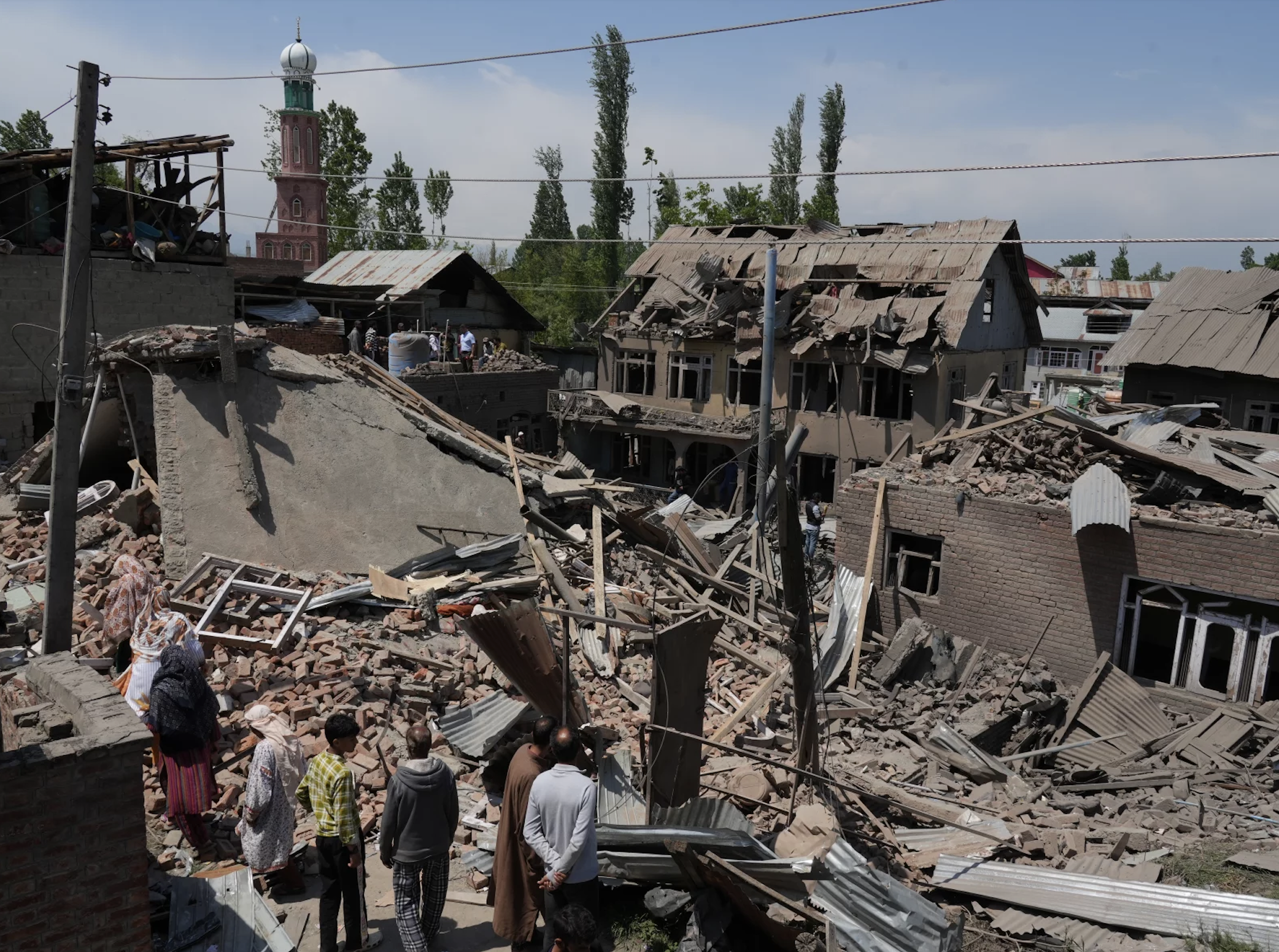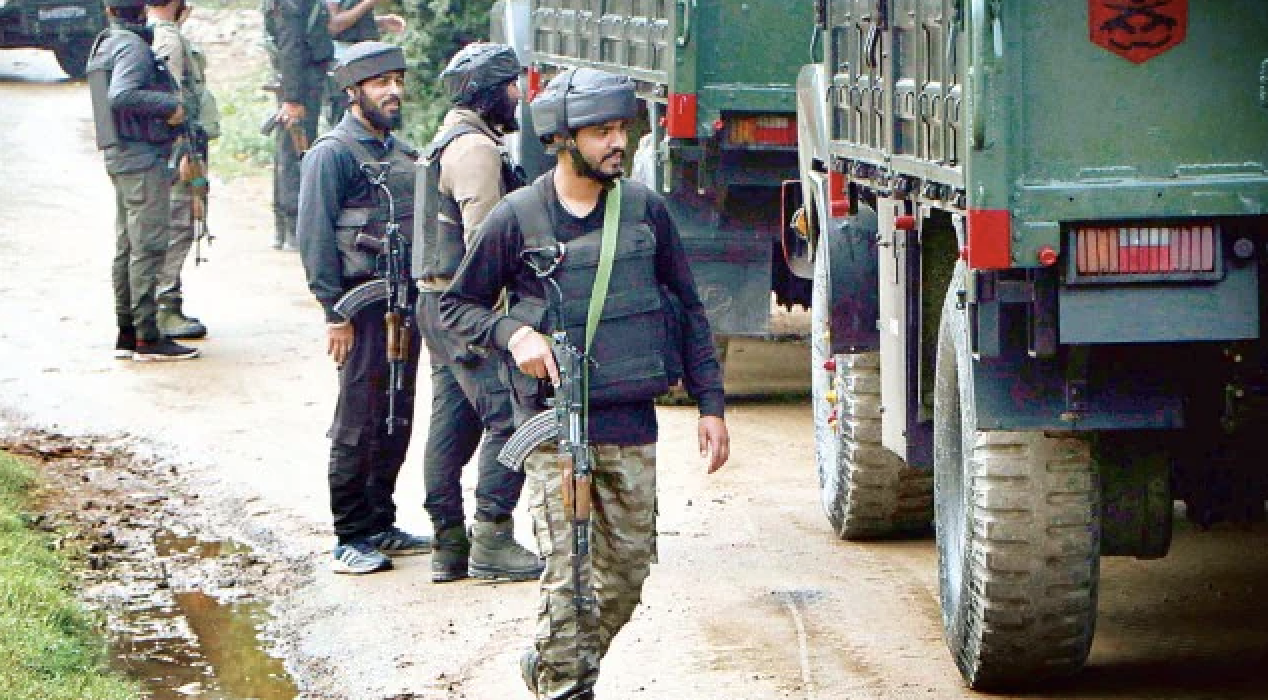
As the election campaign heats up in Uttar Pradesh, the Citizenship (Amendment) Act which set off protests in December 2019 — 22 were killed in clashes with police across the state — is on the backburner. Its rules haven’t been framed yet and the law finds hardly a mention in any election speech. However, one aspect of it continues to simmer: the manner in which the UP government, by Chief Minister Yogi Adityanath’s own admission, has gone about exacting “revenge” ostensibly in its bid to recover the cost of public property damaged in the protests.
Its process under challenge in the courts, an investigation by The Indian Express reveals how the state administration cited a High Court ruling that went against an earlier Supreme Court verdict and rushed through an ordinance to play not only prosecutor but judge and jury as well. It gave itself sweeping powers to assess damage, estimate cost, bring charges, and fix liability with many of the accused not even getting a hearing.
Over 500 notices had gone out across 10 districts for damages worth an estimated Rs 3.35 crore.
At Ground Zero of the protests, in Lucknow’s Hazratganj, recovery orders were issued by Additional District Magistrate Vaibhav Mishra to 46 individuals named in two FIRs to recover damages estimated at Rs 64.37 lakh. Each was issued a recovery order with the same amount (Rs 64.37 lakh) as per what the ADM, controversially, said was the “doctrine of joint and several liability”.
The Indian Express investigated all the 46 recovery orders to find patterns that are telling:
* In civil proceedings before the ADM, 28 of the 46 named in two FIRs registered over the anti-CAA protests in Hazratganj on December 19, 2019 — all are out on bail — were finally held liable to pay for the damage caused.
However, in not a single case, did the police present any visual evidence — photo or video — that showed any of those named indulging in violence that day. All the orders, in fact, had one common line: “Video and photo evidence has not been available because protestors damaged three OB vans by burning them and the photographs that were taken were only of protestors in the front line and even those are not very clear.”
All 46 were also booked under IPC Sections 146 (rioting), 186 (obstructing a public official), 152 (using criminal force and deterring public officials from discharging their duties) and breaking curfew imposed under CrPC Section 144, along with provisions of the Prevention of Damage to Public Property Act.
* The process of recovery follows three steps: estimation of damages, determination of “protestors” liable to pay damages; and recovery. All three steps were taken by the state raising questions of due process.
* The Rs 64.37 lakh was estimated as cost of damage caused to roads and vehicles; Rs 8,80,000 for damage to four government buses; Rs 10,00,000 for a personal car; and, Rs 98,000 each for three personal motorcycles of government officials. No details were specified as to how these estimates had been arrived at.
None of the 28 has paid so far because their lawyers say a sum of Rs 64.37 lakh, as an individual payment, is way beyond their means and they fear the “real target” is their property that can be attached to recover the amount.
Besides, the “joint liability” provision has been challenged in the Allahabad High Court by protesters facing similar notices from other parts of the state — most notably by Syed Saif Abbas Naqvi, a Shia cleric, who was the first to secure a stay from the Allahabad High Court on December 3, 2020, against a recovery notice issued in a separate case by the Lucknow ADM for Rs 67.73 lakh.
* Of the 28 held liable, the Magistrate proceeded ex-parte (without hearing them) against 15 and held them liable for damages. In at least 10 of these cases, the Magistrate recorded in the order that the individuals were arrested by the Lucknow police on December 19, 2019. But the magistrate does not record whether those arrested were granted bail while deciding the case ex-parte. Although the law gives Magistrates the power to pass ex-parte orders, such action in these cases raises serious questions of denial of due process.
* In as many as 25 cases, the mere inclusion of an individual’s name in an FIR on the day of the protests is considered proof of involvement. Only in three cases did the Magistrate rely on “evidence” such as GPS locations on the phone confiscated and call data records to ascertain that the individual could be located in the protest site.
* Curiously, in a case of six men from Malda in West Bengal, all daily-wagers with the same local address, three who questioned the Magistrate’s power or argued that protesting against NRC or CAA is not unconstitutional were held liable. But those who simply claimed they had no “nexus” with the protests were not. Incidentally, the evidence against all six is the same: the police arrested them from the site of the protest without specifying their roles.
* Significantly, of the 28 held liable, 10 invoked the fundamental right to protest and questioned the Magistrate’s powers to issue such a notice. All these 10 were held guilty.
* Named in the FIR were social activist and teacher Robin Verma; former IPS officer S R Darapuri; Congress leader Sadaf Jafar; and an Alambagh resident identified only as Pulkit. The other 43 were from the minority community. Verma and 77-year-old Darapuri were held liable although they claimed they were not present at the site of the protests. Darapuri was under house-arrest on December 18, 2019 and was arrested on December 19 when protests intensified in the state capital. According to the order against Darapuri, the “nexus” was that he had delivered a provocative speech three days before the protest. He was released on bail on January 3, 2020.
* The man identified as Pulkit was not held liable although the order records that he provided no response or evidence. In his case, the Magistrate cited the lack of “solid, clear evidence” – the only case where the Magistrate demanded more convincing evidence from the police.
* The order in the case of Serial No. 8 in the list of 46, Sameen Ahmed, is identical to that of Serial No. 7, Mohammad Shaanu. In fact, in the concluding line, the Magistrate refers to Sameen Ahmed, son of Salim as Mohammad Shaanu, son of Nafees, showing that the orders were a copy-paste job.
When told about these patterns, ADM Vaibhav Mishra, who is now posted in Bulandshahr district, said: “I have passed these orders, acting in a judicial capacity. It would not be fair for me to comment on them.”
Uttar Pradesh Chief Secretary Durga Shankar Mishra did not respond to a questionnaire sent by The Indian Express on the nature of evidence presented in these cases while determining liability. DGP Mukul Goel, too, did not respond.
In the Hazratganj cases, among the 18 let off from the original list of 46 for lack of evidence were: Rehan Khan, a Zomato employee who brought proof that he was delivering an order near the protest site when he was stopped by the police and arrested; a 19-year old who brought a family member to testify that he was visiting his aunt; and, another 19-year old student preparing for competitive exams who showed that he was returning from a coaching institute in to his hostel that was near the protest site.
This story first appeared on indianexpress.com





